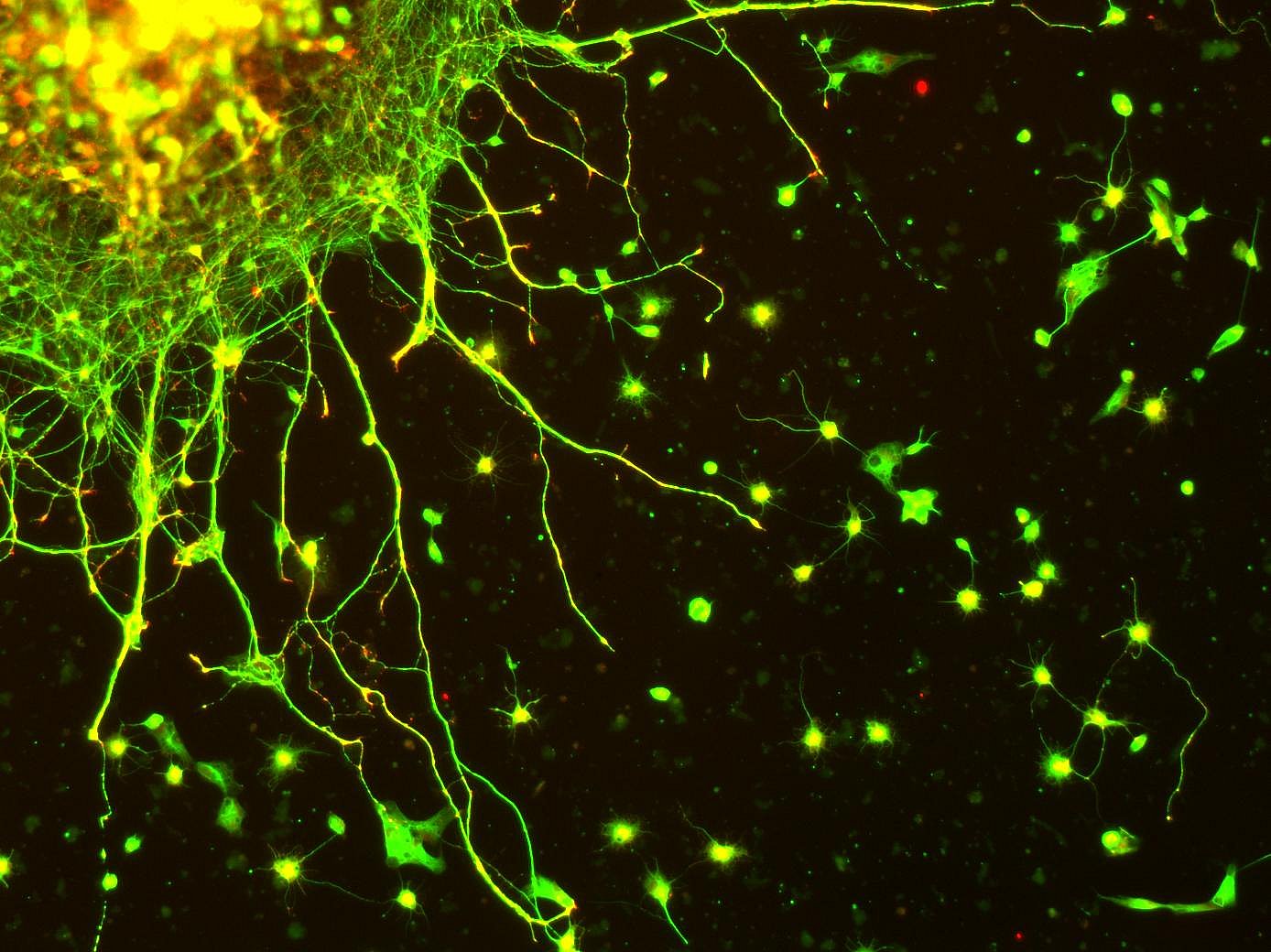Neural Network Modulation of Ayahuasca: A Systematic Review of Human Studies
Authors:
Guilherme Henrique de Morais Santos, Lucas Silva Rodrigues, Juliana Mendes Rocha, Giordano Novak Rossi, Genís Oña, José Carlos Bouso, Jaime Eduardo Cecilio Hallak, and Rafael Guimarães dos Santos.
Journal:
Psychoactives
Year:
2023
About the study
This study focuses on neural network modulation by ayahuasca exclusively. It is a systematic review aimed to assess changes in brain anatomy and neural networks activation with acute, subacute, or chronic use of ayahuasca through neuroimaging techniques.
The authors included all observational, case-series, and clinical trial studies with humans that analyzed acute, subacute, or prolonged effects of ayahuasca using any type of neuroimaging technique and written in English, Spanish, or Portuguese.
They identified a correlation between the use of ayahuasca and different neuropsychiatric factors, linking reductions in Default Mode Network activation to acute, subacute, and prolonged antidepressant effects.
Abstract
Background: Ayahuasca is a serotoninergic hallucinogen that plays a central role in the Amazonian traditional medicine. Its psychoactive effects are associated with the presence of N,N-dimethyltryptamine (DMT), and monoamine oxidase inhibitors (MAO-A). Advances in neuroimaging investigations have provided insight into ayahuasca’s neurobiological mechanisms of action.
Methods: Selecting only studies with neuroimaging results related to human ayahuasca consumption, we included six articles from a previous systematic review of serotoninergic hallucinogen neuroimaging studies up to 2016. Furthermore, we updated the data with a new systematic search from 2016 to 2022. We searched the PubMed, SciELO, and LILACS databases using the search terms “(ayahuasca OR DMT) AND (MRI OR fMRI OR PET OR SPECT OR imaging OR neuroimaging)”.
Results: Our updated search provided five new articles for a total of 11 included in this review. The results on the Default Mode Network (DMN) are evident and may indicate a path to short term neuromodulation. Acutely, local neural networks appeared to become expanded, while overall brain connectivity declined. On chronic consumers, anatomical changes were reported, most notably related to cingulate cortex.
Categories:
Studies & papers
, Ayahuasca
Tags:
ayahuasca
, scientific research
, study
, DMT
, psychedelics
, hallucinogens
, mental health
, brain
, neuroimaging
, fMRI
, Default Mode Network
, SPECT

